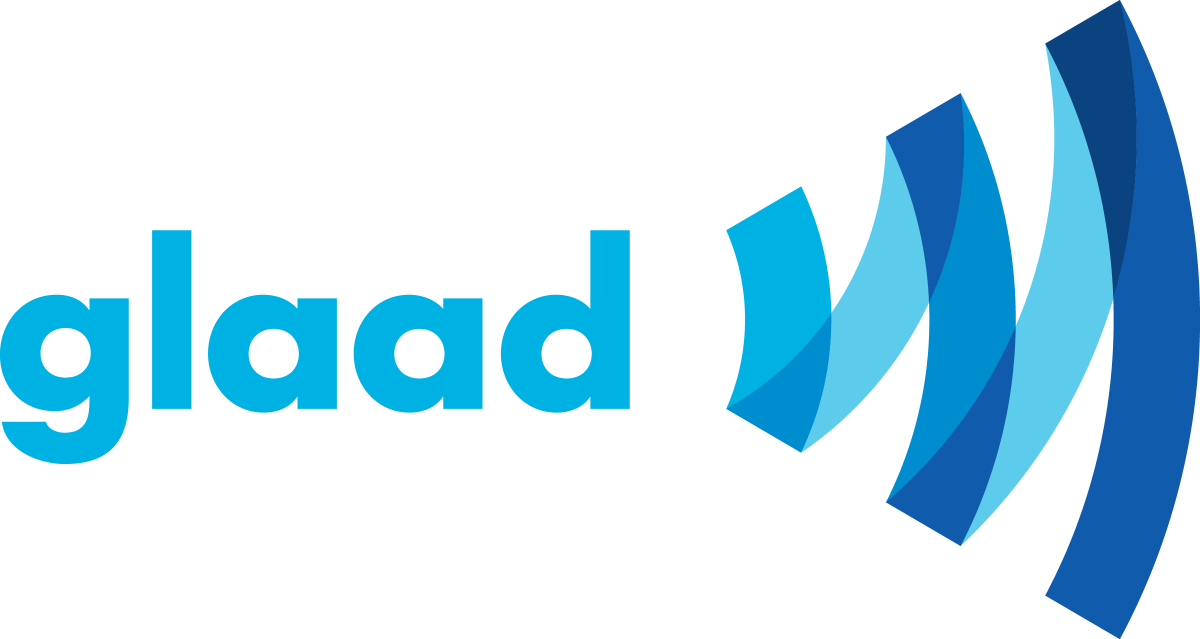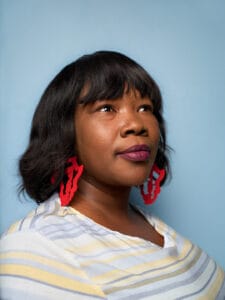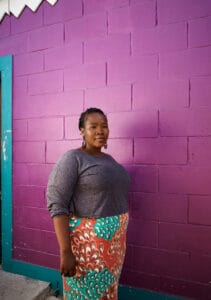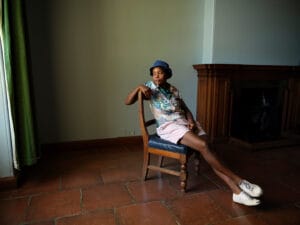Introduction
The video game industry has existed for just over 50 years, with the earliest arcade, console, and home computer games hitting the market in the early 1970s. For context, the first video arcade game arrived on the market just 2 years after the Stonewall Riots in 1969, and the first gaming console was released just a year before homosexuality was removed from the American Psychiatric Association’s Diagnostic and Statistical Manual of Mental Disorders (DSM) in 1973. The video game industry has been growing for decades, yet it has lagged behind every other media industry and continues to inadequately represent LGBTQ people.
There are several reasons for the lack of LGBTQ representation in the game industry. Some reasons for exclusion are passive. Often, game companies have not considered that they should represent LGBTQ people, nor do they see us as a major part of the core gaming audience. Some reasons for exclusion are active. Companies worry about pushing away a core audience that they assume are resistant or hostile to LGBTQ content.
This imagined core audience, however, is a myth, and it is one of the reasons it was paramount for GLAAD to create this gaming report. LGBTQ gamers are a significant part of the existing active gamer market and, by and large, non-LGBTQ gamers are not nearly as resistant to this content as many assume. Gaming represents a vast and lucrative market. By some measures, the global revenue from video games exceeds that of the film and music industries combined. 4 Despite its reach, the game industry is out of step with contemporary media in terms of LGBTQ representation, and it is failing its LGBTQ consumers.
Our data shows that 17% of active gamers—nearly 1 in 5—are LGBTQ, a figure that has been replicated and confirmed by Nielsen in multiple recent surveys. Moreover, LGBTQ gamers are as dedicated to gaming as non-LGBTQ gamers in terms of regular time spent playing PC and console games and average financial spend per month. In stark contrast to the fact that 1 in 5 active gamers are LGBTQ, games with LGBTQ content account for less than 2% of all games currently available on consoles.
Over 60% of non-LGBTQ gamers say it would make no difference to them if a game had an LGBTQ player character or non-player character storyline. When asked if a game had the option for the player character to be gay, lesbian,or bisexual, 70% of non-LGBTQ gamers say that would make no difference in their decision to buy the game. The resistance toward LGBTQ content in games is waning, as each successive generation of gamers is more diverse and more open to seeing LGBTQ representation in their games.
The message is clear: gamers want more inclusive LGBTQ representation in their games. The industry must become more inclusive.












